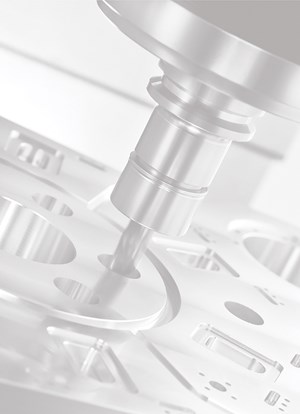Published
On Display at Bi-Mu 2016
Here's a look at some of the technology spotted at the 30th edition of the biennial Italian manufacturing technology exposition.
Share



Here's a look at some of the technology spotted at the 30th edition of the biennial Italian manufacturing technology exposition.


